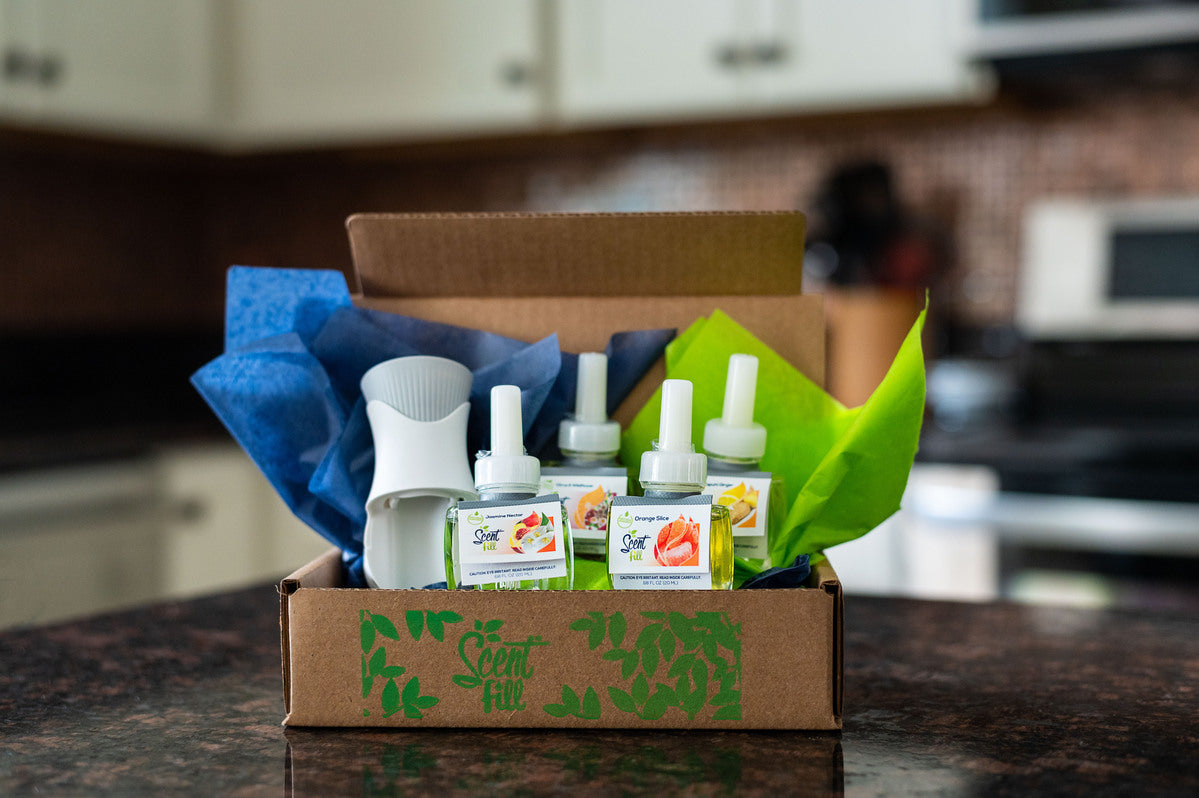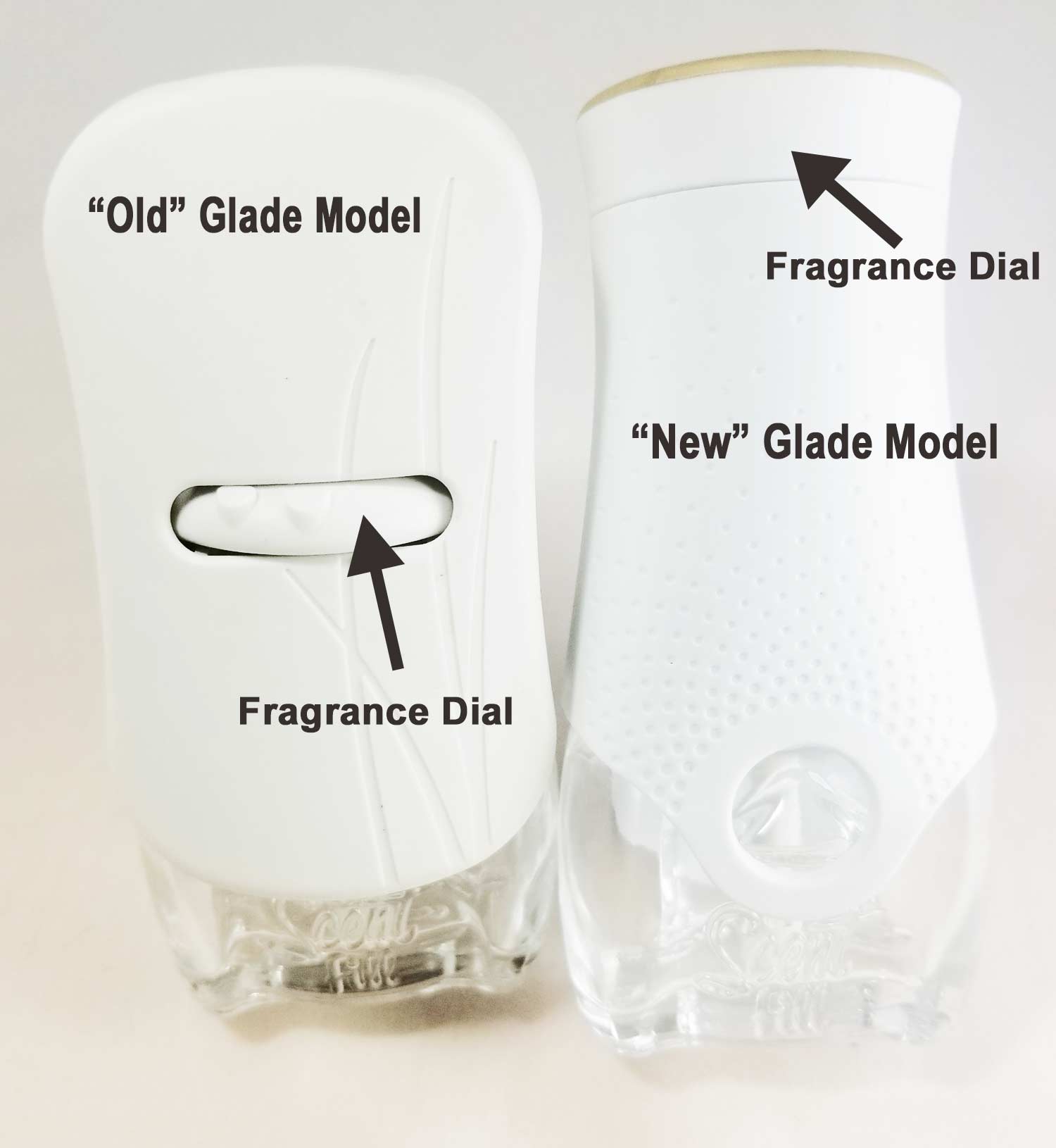There’s no denying that scent permeates every part of our lives. Just like music, a single fragrance can bring back strong memories and emotions. As Rachel Hertz explains, “An odor has no personal significance until it becomes connected to something that has meaning. With your initial encounter, you begin forming nerve connections that intertwine the smell with emotions…”
Perfumes, candles, essential oils and plug ins all bear testimony to the commercial impact of scent and the fact that it is, today, a multi-Billion-dollar industry.
Plug in warmers are meant to create a desired atmosphere in our home (or to cover unpleasant scents). Candles serve as home décor and perfumes enhance our daily lives. And, of course, there are essential oils that are used not only for their fragrance but for the health and wellness benefits.
Creating the perfect fragrance, however, is a more complicated process than most realize.
The elements of fragrance should be thought of as more of a symphony than a solo. When you walk through a garden, for example, you may smell the sweet aroma of a rose, but you’re also smelling other plants in the garden and the grass and the dirt under your feet. You may perceive the aroma of the rose first, but it’s not the only scent you’re taking in.
What you’re actually experiencing are different notes.
Now, when you hear the word “note,” you probably automatically think of music. And while we are talking about fragrance and not music, the odors of essential oils were first classified in the 19th century according to musical scales, hence the word “notes.”
In the world of fragrance, “note” refers to a scale of intensity and strength of a particular scent, and rate at which that particular scented oil evaporates. Top notes evaporate more quickly and middle and base notes more slowly. Why does this matter? Because top notes are perceived more quickly than middle or base notes and understanding this allows you to better determine which scent is right for you.
Also importantly, because scents have varying evaporation rates, the smell of the fragrance in the bottle will be slightly different than the smell of the fragrance once it is warmed in a plug in warmer, which will be slightly different a few days later as the strength and intensity of the top notes fade, and the scent begins to mature and stabilize. Finally, when the oil has almost completely evaporated, the scent will be slightly different again because primarily base notes remain. With carefully selected oils and blend percentages, we are able to sustain the harmony of the scent over a longer period of time during the evaporation process.
For example, the Scent Fill Sweet & Spicy Cinnamon Pumpkin Plug in Refill has top notes that include pumpkin and apple and middle notes of ginger, cinnamon and jasmine. The base notes are vanilla, golden amber, rum and sweet earthy nutmeg.
This means when you smell that plug in, your first impression will be of the pumpkin and apple, and then you’ll identify the ginger, cinnamon and jasmine as the middle notes, or the main scent of the plug in. The lingering scent, and the last one to make an impression when you smell it, reveals the base notes of vanilla, golden amber, rum and nutmeg.
To help you understand notes in fragrance even better, though, we wanted to do a deeper dive on the topic.
Understanding Notes in Fragrance
As mentioned above, notes are separated into three categories: top/head notes, middle/heart notes and base notes.
Top notes are strongest and are the first that you notice when you encounter a fragrance. They are typically fresh and light and meant to attract. They are also the fastest to evaporate since they’re comprised of small, light molecules. They’re like the opening notes of a symphony, meant to provide a transition into the middle notes. Some common oils used for top notes are citrus and lighter florals such as anise, grapefruit, lavender, chamomile and rose.
According to David Frossard, creative director of Frapin and co-founder of Les Liquides Imaginaires, top notes “are like something that you can’t really see. But they are there, and they are what makes the perfume alive.”
The middle notes are also known as the heart notes and they make up the main body of a fragrance, typically 40-80%. Generally mellow and balancing, they’re much more complex than the top notes and are often comprised of a combination of floral or fruit oils as well as strong spices. Middle notes include lemongrass, geranium, rose, ylang ylang, neroli, jasmine, lavender, coriander and nutmeg. They mingle with the base notes to create the full body of the fragrance.
Which brings us, of course, to the base notes. These are typically intended to bring depth and boost the strength of the top and middle notes. Ultimately, their function is to provide a lasting impression of a fragrance. Some commonly used oils for base notes are sandalwood, vanilla, amber, cedarwood, patchouli, oak moss and musk.
What is perfume accord?
A perfume accord is the balanced blend of different notes to create a new, unified impression. Think of it as a music chord, where two are three notes are combined to create a new, but beautiful, sound. In the same way, fragrance notes are combined to create a new fragrance.
The combination of top, middle and base notes should be in harmony, even as the different notes begin to evaporate. A well-rounded fragrance will normally be composed of 15-25% top notes, 30-40% middle and 45-55% base notes to create a harmonious bouquet.
While each note serves a deliberate and different purpose creating a scent, there is no limit to how many ingredients a particular note should have. As you saw in our example at the beginning, there were multiple top notes, middle notes and base notes.
As you can imagine, selecting the different notes for a plug in refill like ours has to be done very carefully, since the oil often takes 30-60 days to evaporate. It’s important to understand the evaporation process and how that will impact the scent of the plug in as the top notes fade and the middle and base notes remain to form the body of the scent. It can be a time-consuming process that requires patience and usually repeated modification, by chemists in our case.
If you’re interested in learning more about which oils are considered top, middle and base notes, check out this Complete Guide to Essential Oils, which includes an A to Z list of oils and their evaporation classification.



